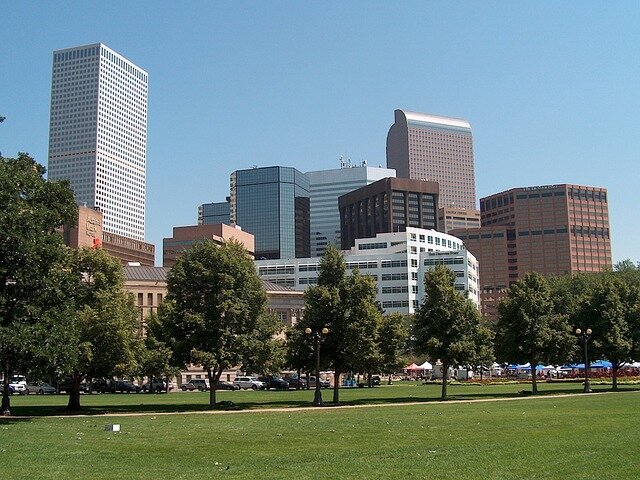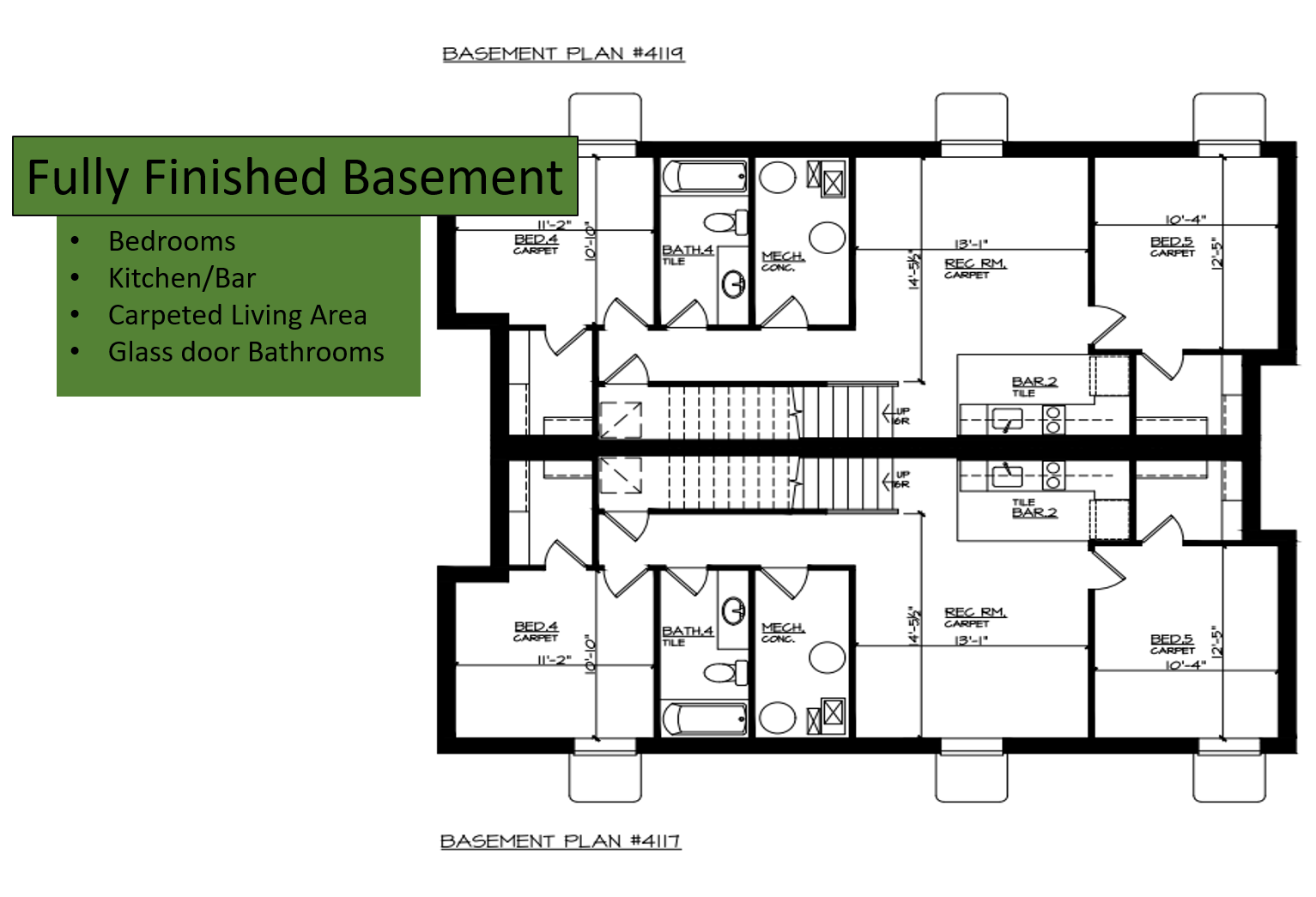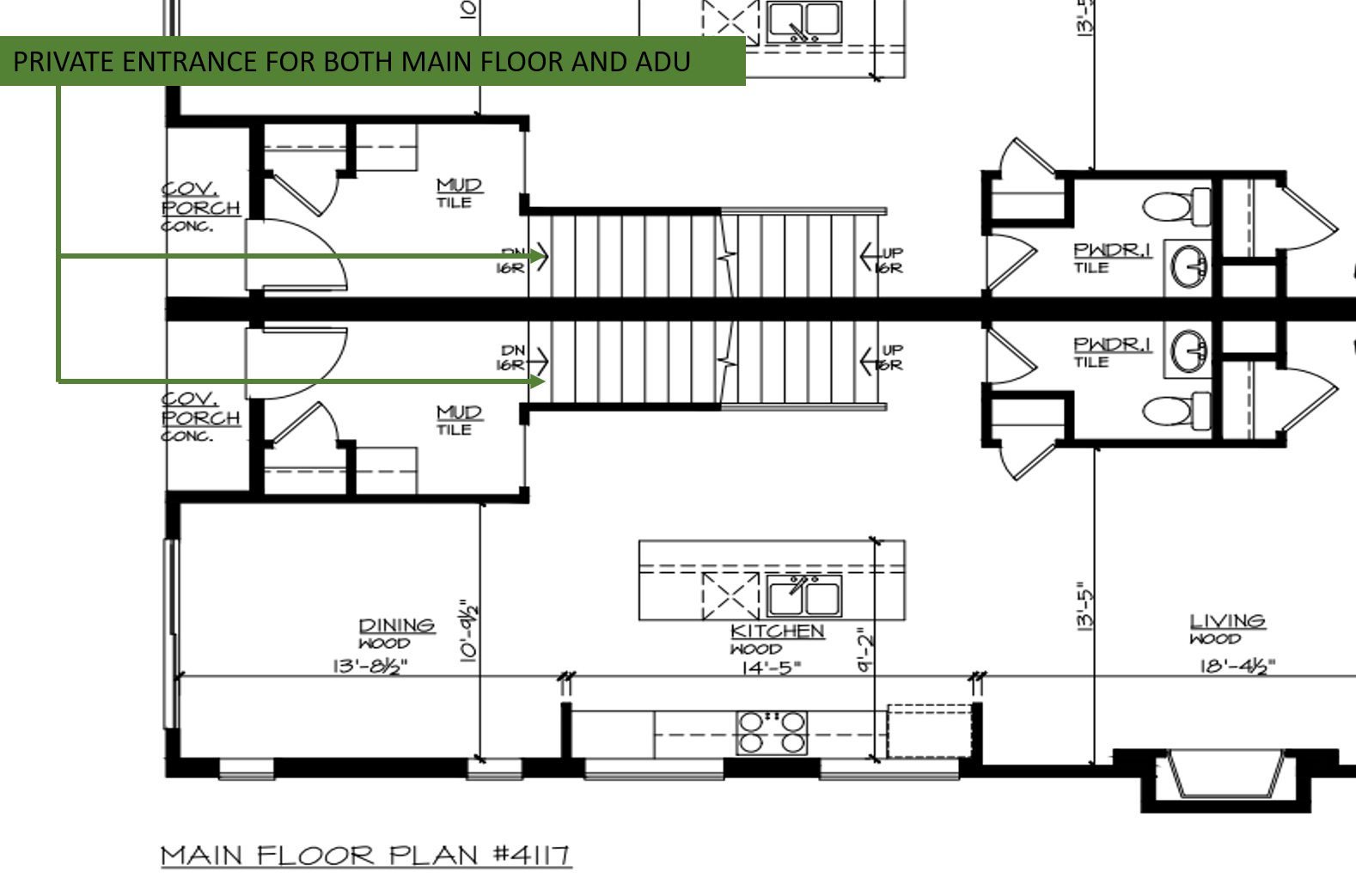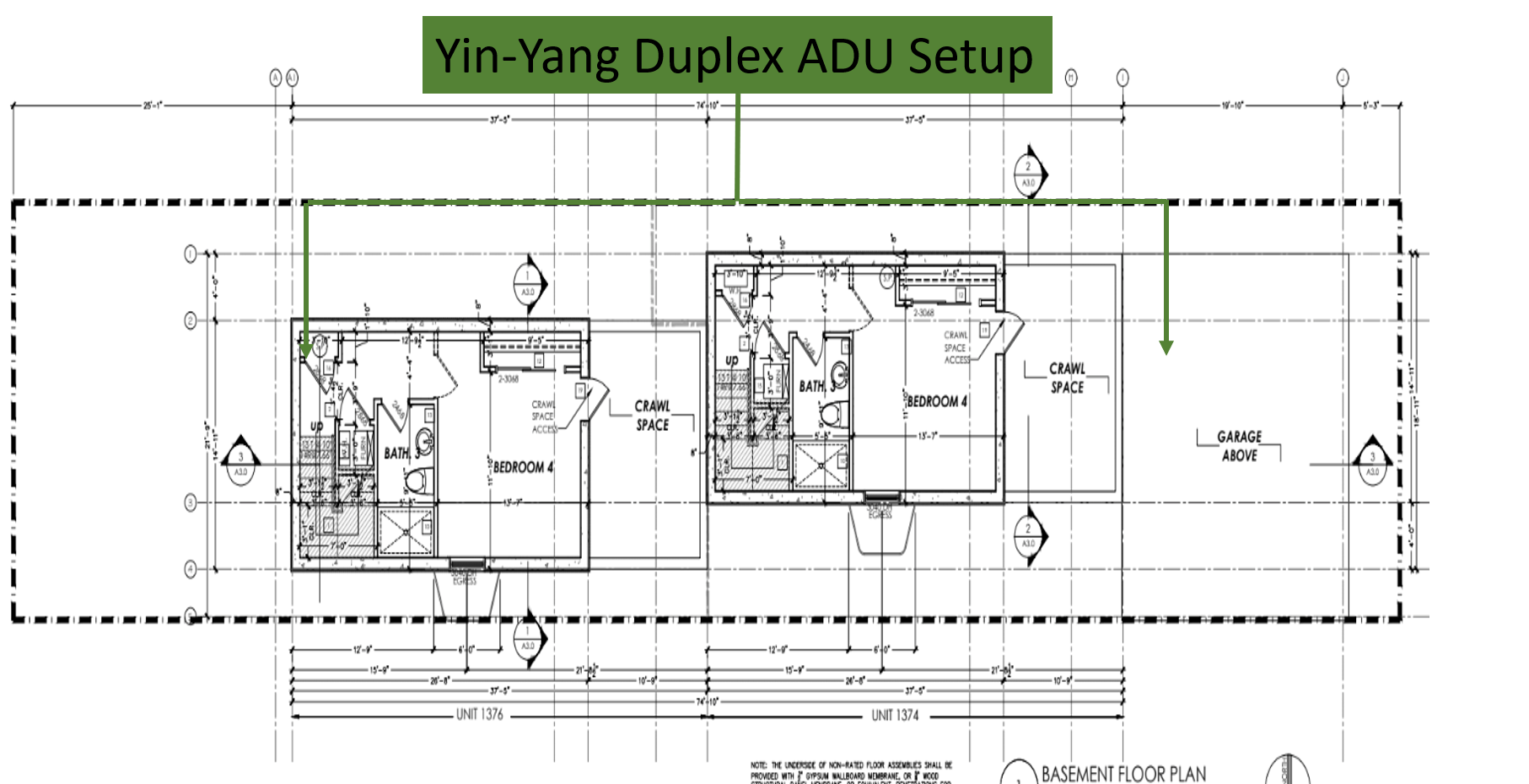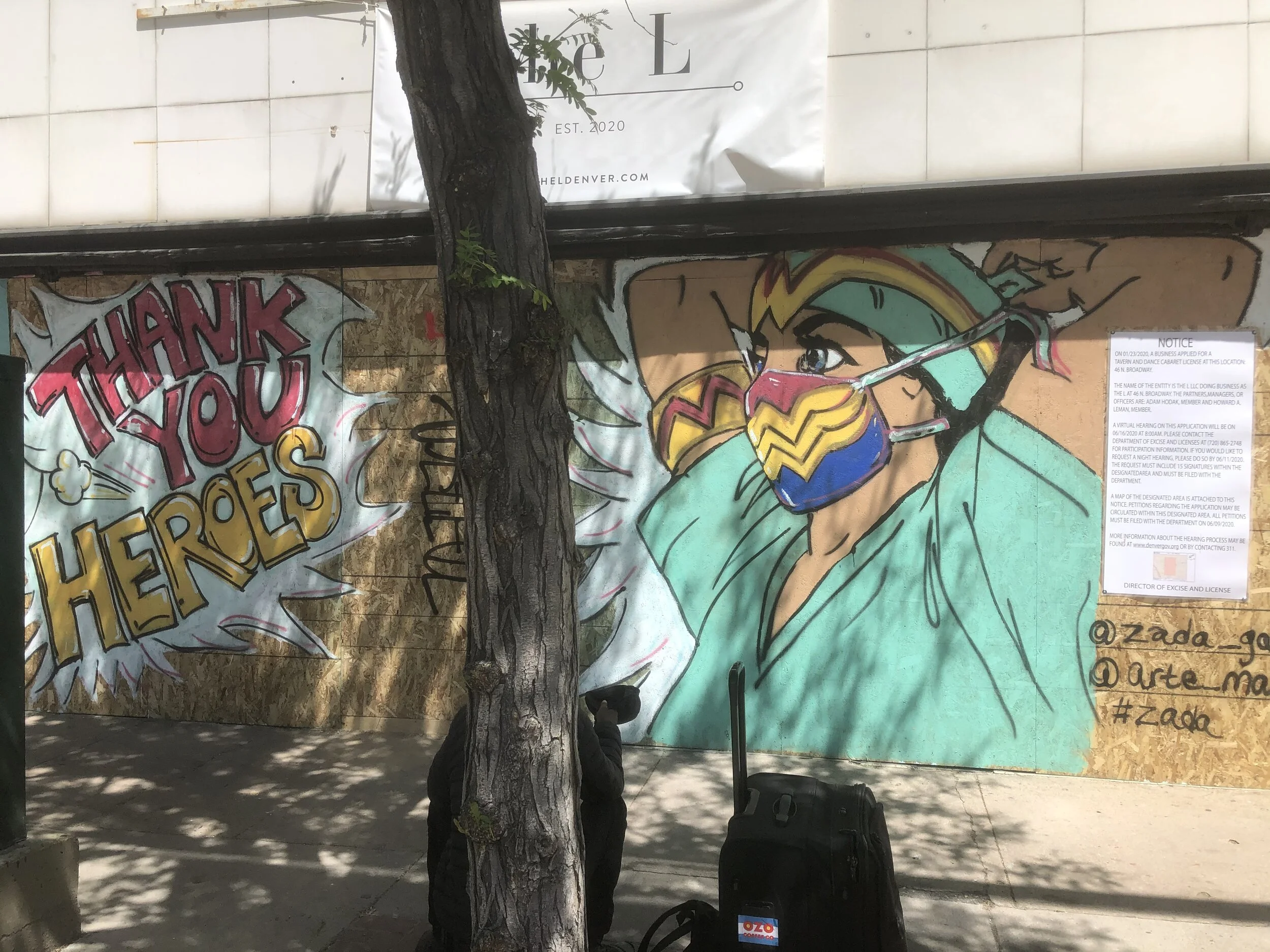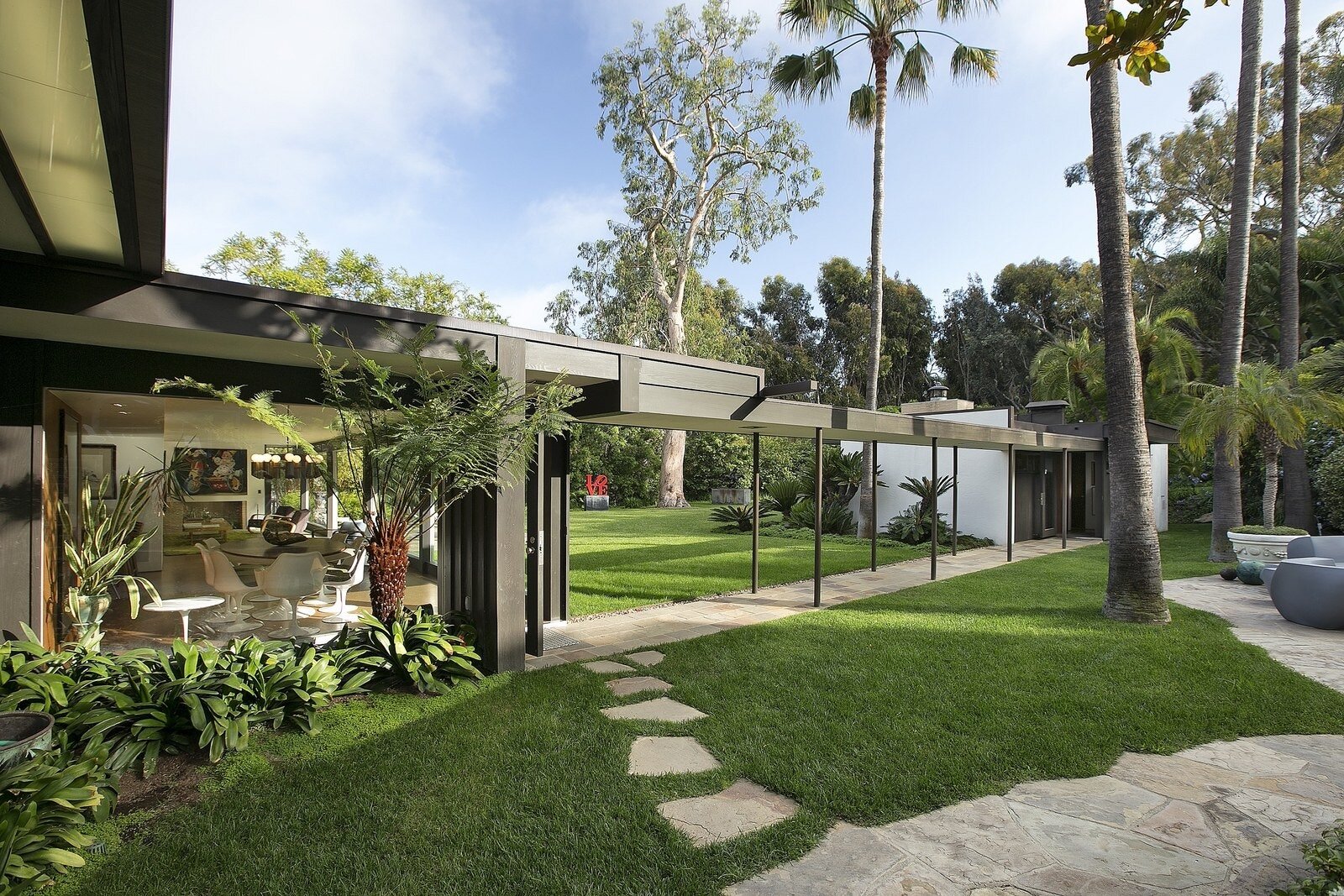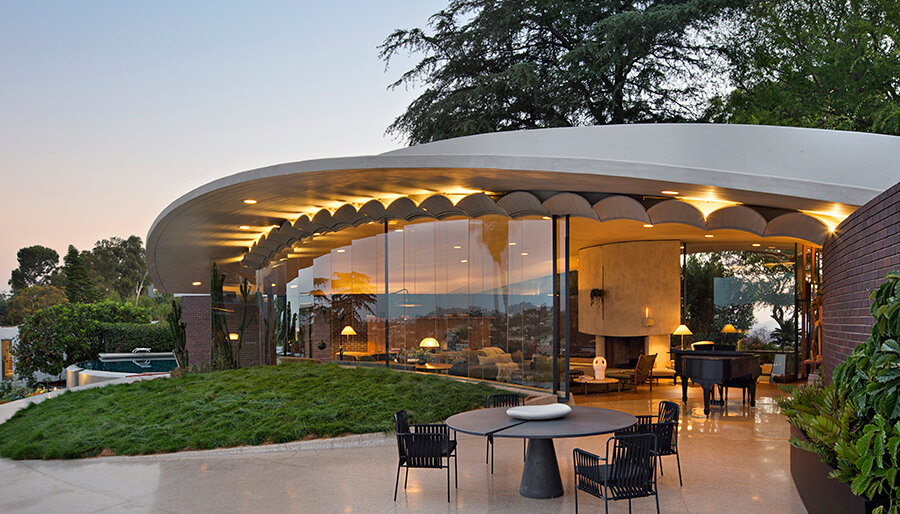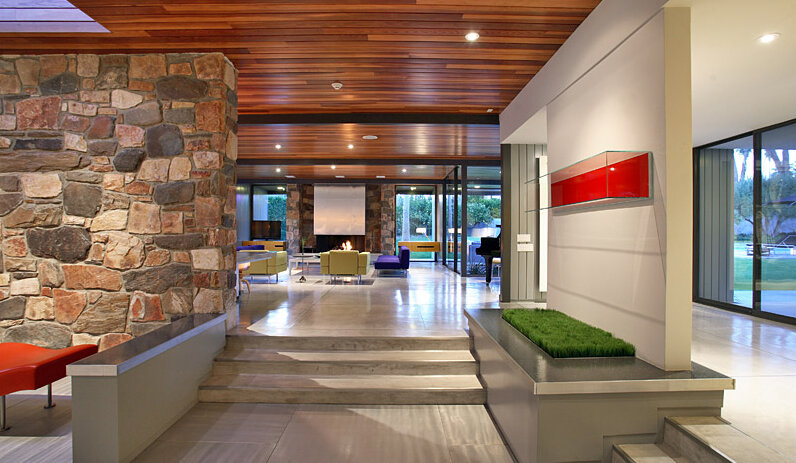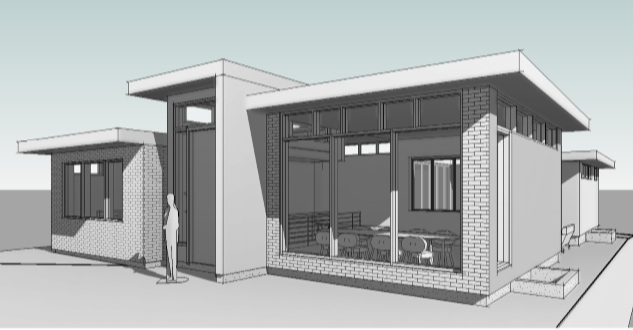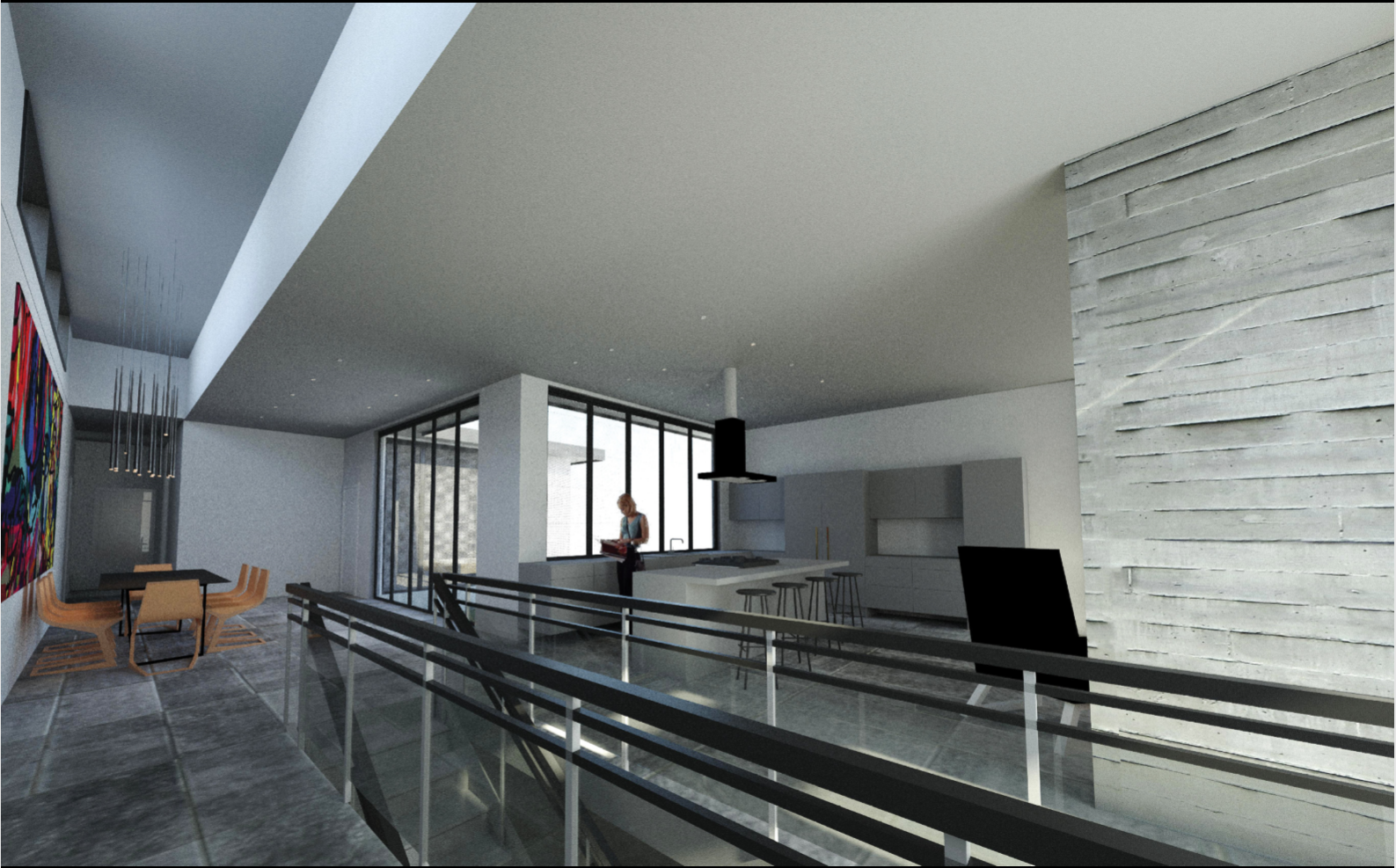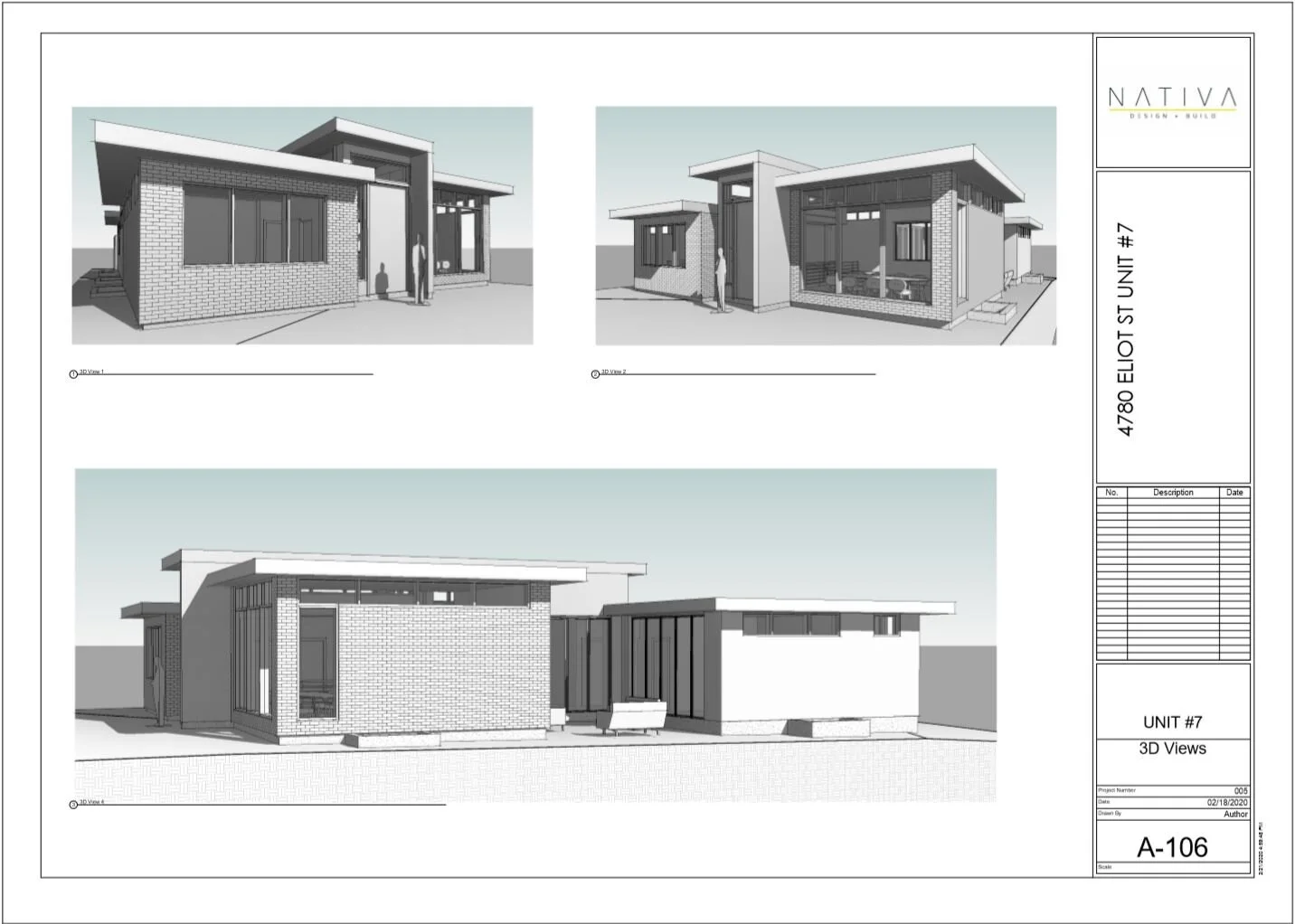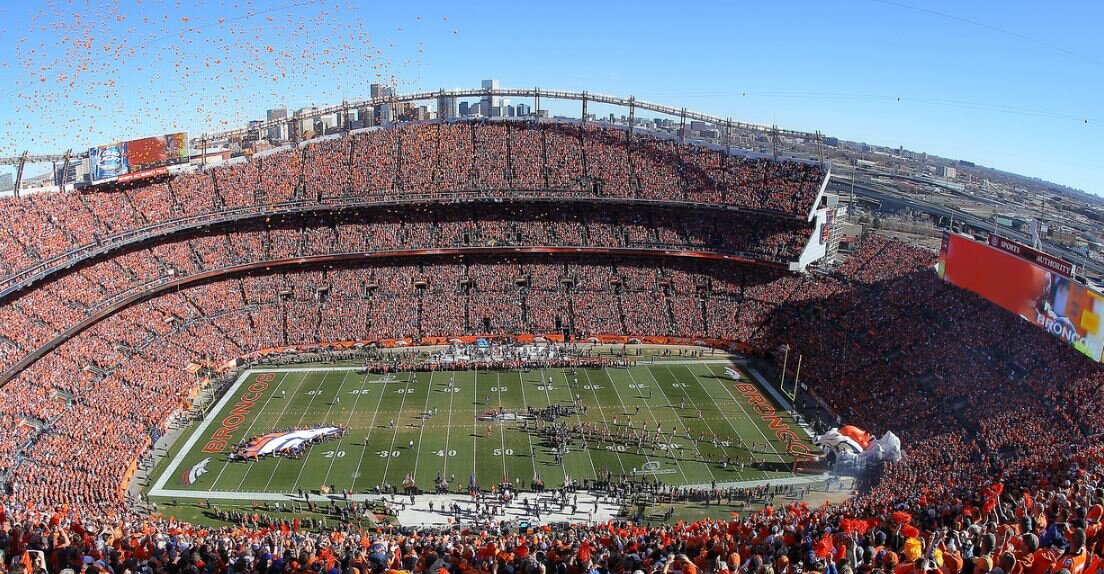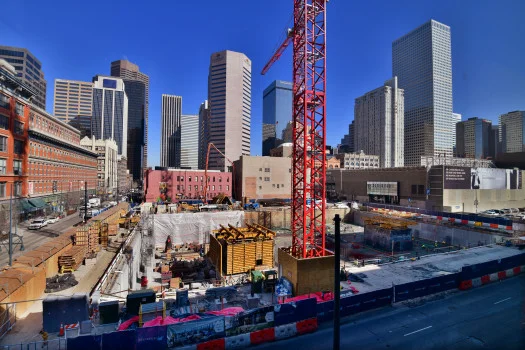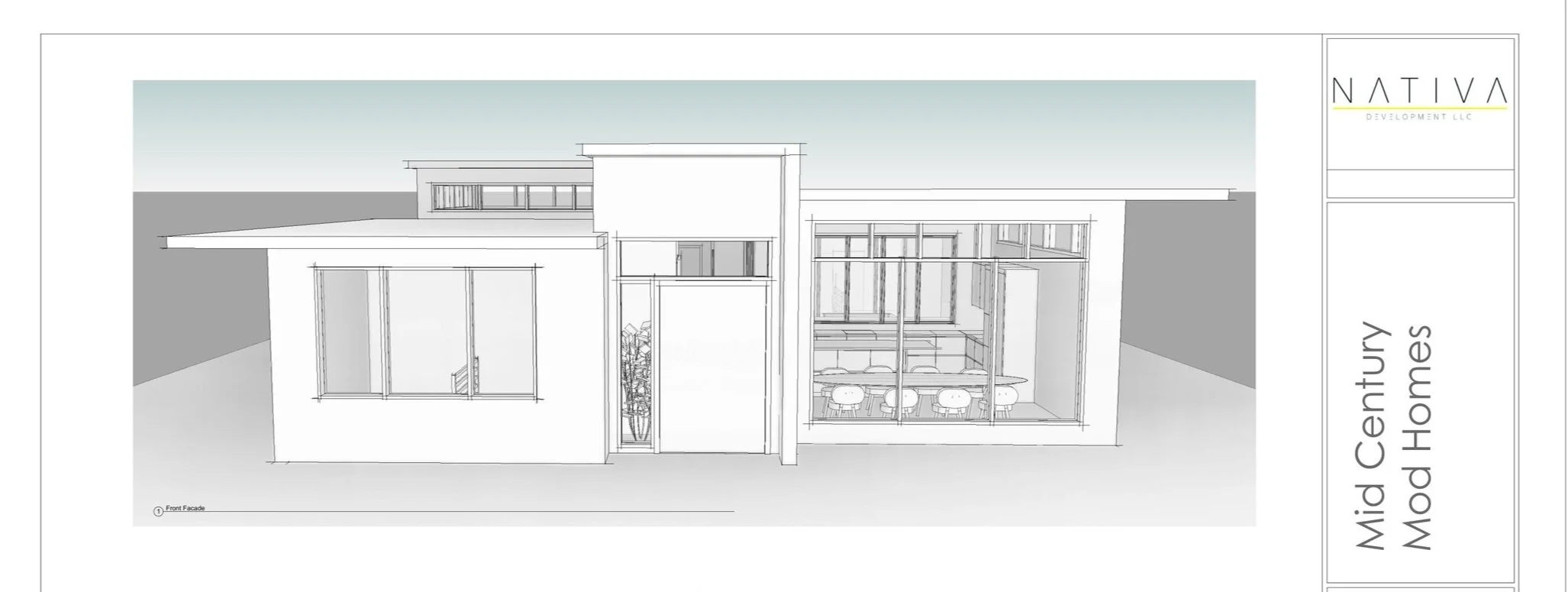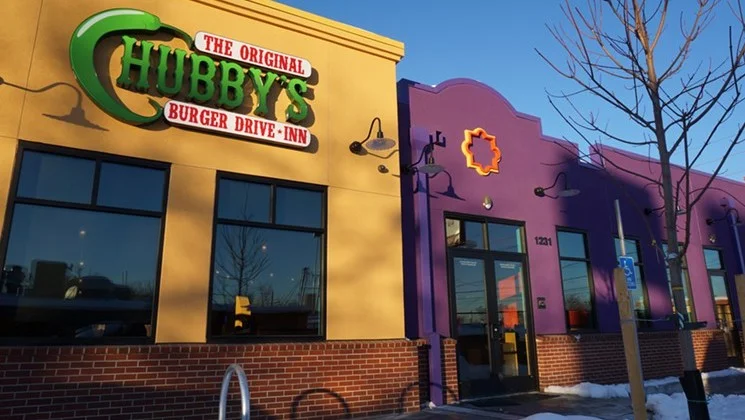Are you a real estate investor thinking of the best place to buy your next property?
If you are, then you should consider buying in Denver, Colorado. As the most populated city of the Mountain states and the fifth most populated state capital in the United States, Denver has been steadily attracting a stream of major businesses and new settlers for the past years.
Colorado’s population grew by more than 100,000 over the last seven years, with a significant portion of those people ending up in the capital.
Why are people, businesses, and real estate investors making the move to Denver, CO?
Why choose Denver?
1. Presence of many large corporations
Around 33% of 58 major tech companies in the USA are located in Denver, including Amazon and Google. But it is not just tech companies that are moving to the city; Denver has one of the most diversified – and therefore strongest – economies among US cities.
2. Important tourist hub
Denver offers easy access Colorado ski resort towns. People travelling from all over the world to these locations make a stopover in Denver. But the city is also a major tourist location in its own right.
3. Major universities
Denver is home to the Metropolitan State University of Denver, Colorado State University, and the University of Colorado system. These institutions provide steady demand for student housing.
4. Denver is recession safe
Denver is rated by Redfin as the city west of the Mississippi with the lowest overall risk of a recession. In this regard, it is ranked 12th among US cities Denver will recover from a recession faster than most US cities. In six to ten years, it will rebound by 100-127% respectively.
5. A stable rental market
Denver was one of the cities where the rental market remained strong throughout the pandemic, says BighornRentals.com. This is a testimonial to the strong demand for rental property and the city’s robust economy.
What kind of real estate should you buy in Denver?
Although there are many well-maintained resale homes to buy in Denver, there are good reasons to look toward buying a new construction home. In terms of value and quality, investors who opt for a new construction home will be getting more.
Moreover, with the current high demand for existing homes, choosing to build your property from the ground up offers you more control.
Why buy new construction real estate in Denver
1. Ability to choose your preferred location
Nothing influences the value of your property like its location. Finding the right home in the right place is hard when buying a resale home; most times you have to make difficult tradeoffs. This is not the case with new construction homes as you get to decide where you want the home to be.
2. Pay less for your home
With many buyers paying above the asking price, many of Denver’s houses may be currently overpriced. But even with the increases in prices of building materials, you will still be able to finish your new home at a lower price than you would buy the same home. But once completed, the house could sell at the same price as comparable homes.
3. Take advantage of great discounts and financing
Many of Denver’s builders have special offers for buyers; from price reductions to free gourmet kitchens. Some will even offer in-house financing with decent rate buy downs. You can also get good discounts on closing sales, as well as, other very attractive offers.
4. A modern floor plan
Instead of being locked into the floor plan chosen by the original designer of the house or undertaking expensive renovations to alter the old floor plan, you can start with a blank canvas. Your builder can help you choose a contemporary floor plan, meets your needs, and will not cost a lot to modify.
5. Get an up-to-date home
The home will be state-of-the-art in terms of the kind of building materials used, the building technology employed, its design, and the appliances inside it. You will not be grappling with many of the problems older homes have to deal with because you will solve them from inception.
6. A green building
By choosing a new construction home over a resale home, you avoid the cost and hassle of retrofitting an old home to make it energy-efficient. From the get-go, you can design your home with energy efficiency in mind. You can incorporate smart features into the building with ease.
7. Lower maintenance costs
Builders will typically offer a warranty of two years for everything in the home and 8-10 years for the building’s structures. This means you will not spend on maintenance in the first few years. Even when the warranty ends, your maintenance costs will still be low because everything in the home will be new.
When buying a property, your three major concerns are usually location, the initial cost of buying the property, and the cost of maintaining it. When you buy a new construction home, you can get the absolute best across these three areas.

